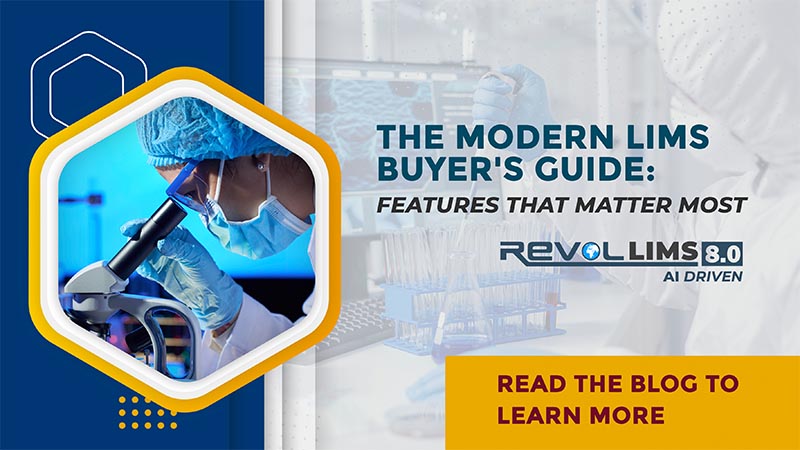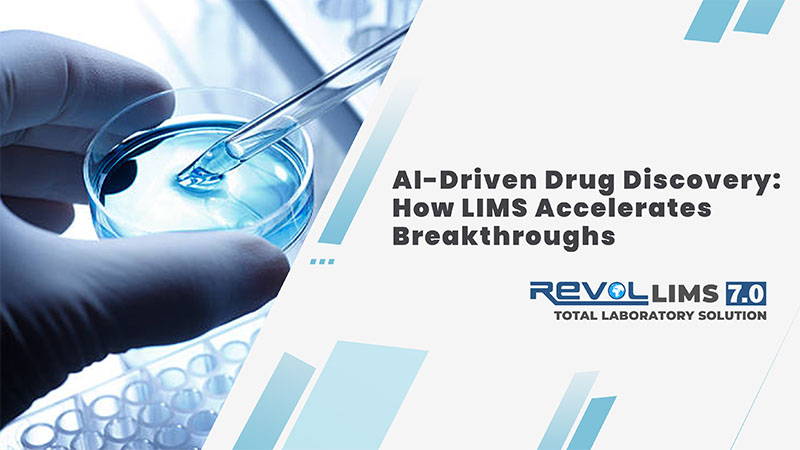Next-Gen LIMS: AI, IoT & Mobile Transform Labs
Laboratory operations today face unprecedented challenges: managing massive data volumes, ensuring regulatory compliance across multiple standards, ma.......
Read MoreHow Petrochemical LIMS Transforms Oil & Gas Laboratory Operations
The oil and gas industry faces unprecedented challenges in laboratory operations—from managing complex testing workflows across multiple sites to .......
Read MoreKey Advantages of LIMS That Transform Laboratory Operations
Modern laboratories face unprecedented challenges: increasing sample volumes, stringent regulatory requirements, and pressure to deliver faster resu.......
Read MoreHow LIMS Ensures Food Safety Compliance Across Global Supply Chains in 2025
The global food industry faces unprecedented challenges in 2025. With supply chains spanning multiple continents, increasing regulatory scrutiny, and .......
Read MoreLIMS Applications by Industry: Benefits for Pharmaceutical, Food, Clinical, and Manufacturing Labs
Laboratories across diverse industries face mounting pressures : stringent regulatory requirements, increasing sample volumes, data integrity concerns.......
Read MoreThe Modern LIMS Buyer's Guide: Features That Matter Most
Selecting the right Laboratory Information Management System (LIMS) is one of the most critical decisions laboratory managers face today. With laborat.......
Read MoreSynthetic LIMS
Laboratories today are generating more data than ever before. From genomic sequencing to materials testing, the pace of discovery is accelerating — .......
Read MoreAI-Driven Drug Discovery
Artificial Intelligence (AI) is revolutionizing drug discovery, enabling faster target identification, predictive modeling, and personalized medicine........
Read MoreHow LIMS Supports Carbon Capture and Utilization (CCU) Technologies
In the global effort to mitigate climate change, Carbon Capture and Utilization (CCU) technologies have emerged as a promising solution. These technol.......
Read MoreWhy Decentralized Clinical Trials Need Cloud-Native LIMS
The rise of decentralized clinical trials (DCTs) is transforming drug development, enabling remote patient monitoring, virtual visits, and real-time d.......
Read More








